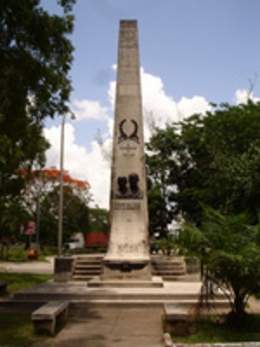The sculptor Esteban Betancourt Díaz de la Rada (1893 – 1942), his work

Esteban Betancourt Díaz de la Rada was born in Camagüey on August 3, 1893, and died in Havana on July 21, 1942. Although his life was short, he left behind an extensive and significant body of artistic work, which has also allowed us to display effigies of renowned Cuban personalities and expand a heritage that was not extensive in this manifestation of the visual arts.
As a young man, he attended the School of San Alejandro, where he distinguished himself for his early talent. He later traveled to Barcelona, where he continued his academic training and became a notable sculptor over the course of 10 years.
He returned to Cuba in 1923, even returning to his native Camagüey, to reconnect with his roots. There, the City Council commissioned him to create a bronze and granite monument to Manuel Ramón Silva, which was striking in its majesty and demonstrated Betancourt’s artistic talent.
Shortly after, he embarked on a new journey to Europe and the United States. He lived in New York for five years, absorbing the art of the world’s major cities and making his work known. His Lincoln piece perfectly reflects this period, in which he was not only interested in the proportions and poses of figures, but also in reflecting personality and the emotional content that emerges through the chiseling.
Returning to Cuba in 1929, he began teaching at the San Alejandro Academy and continued working on perfecting his art. Among this artist’s most important sculptures are those of Avellaneda, Carlos Manuel de Céspedes y del Castillo, Leopoldo Romañach, Domingo Ramos, and Christ Jesus, a diverse array of figures. This sculptor’s prolific work proudly forms part of the island’s national heritage.








